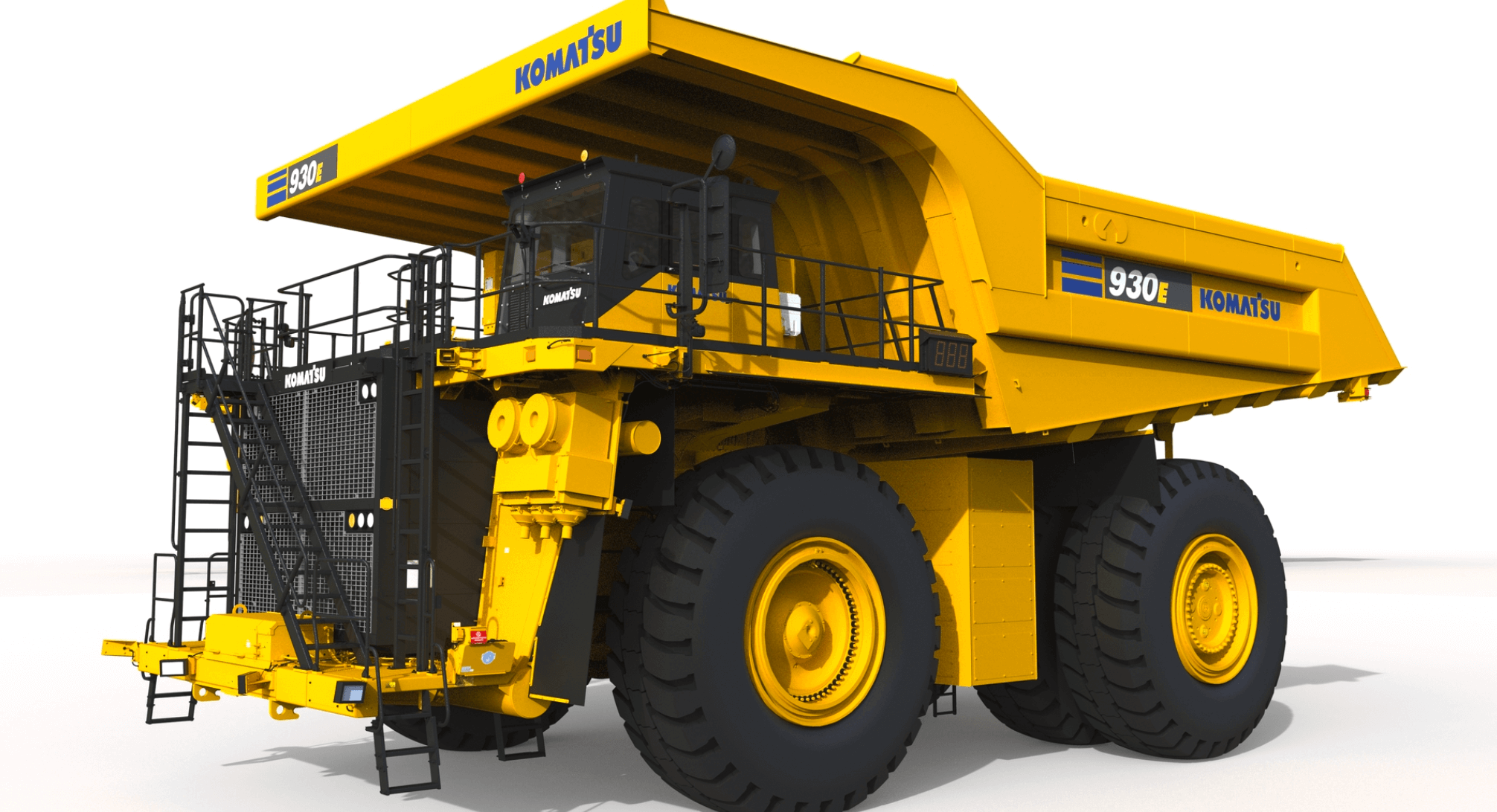Digging Deep for Sustainability: GM and Komatsu's Hydrogen Mining Truck

Image courtesy of Komatsu
In early December 2023, General Motors (GM) and the Japanese industrial automotive giant Komatsu announced a collaborative project: developing hydrogen fuel cells for Komatsu mining trucks. The pair plans to create and debut a prototype for a fully hydrogen-powered 930E before 2030, according to spokespeople from both firms. Such a truck would be the first of its kind and a step toward a carbon-neutral future in industrial vehicles.
But this partnership didn’t just spring up out of nowhere. Interest in hydrogen has been growing among truck and van fleet operators for years. It was only hurried along by 2022’s Inflation Reduction Act (IRA) in 2022, which has accelerated growth in alternative energy sources.
Let’s dig into why GM’s and Komatsu’s partnership is making waves.
The Power of Hydrogen Fuel Cells
Komatsu and other major industrial suppliers are seeking out hydrogen because of its inherent potential for energy production. Along with being the most abundant resource in nature, it is also the lightest. These properties of hydrogen explain how the element makes up a majority of the universe (~73%) while also accounting for just 0.14% of the weight of the earth’s crust.
Most importantly, hydrogen is also incredibly energy-dense. Compared to gasoline, it has about three times the energy capacity by mass. The Office of Efficiency & Renewable Energy (EERE) notes that gasoline’s energy is approximately 44 MJ/kg, whereas hydrogen’s is 120 MJ/kg.
Hydrogen fuel cells realize this raw potential to become efficient energy for various purposes, and GM has been a leader in harnessing hydrogen’s raw power through its HYDROTEC power cubes.
The Komatsu 930E Mining Truck
Komatsu is one of the world’s leading producers of equipment for construction, mining, military, and other heavy industrial purposes. Its 930E electric-driving trucks carry nominal payloads of 320 short tonnes (st), or 320,000 kg (~705,479 lbs). The current base model also sports 2,700 horsepower at 1,800 rpm, with an operating weight of approximately 1.15 million pounds.
What all of that mass and power amount to, in practice, is a vehicle that takes a tremendous amount of energy to fuel. Komatsu is committed to doing so efficiently, with about 3.5% more fuel efficiency in the current model (released in 2019) than previous editions.
Moving forward, Komatsu plans to maximize that efficiency by powering it with hydrogen.
Per H2-view, Komatsu’s VP of North American Engineering and Development Dan Funcannon called this collaboration “part of our commitment to supporting a more sustainable future.”
The HYDROTEC-POWERED Prototype
HYDROTEC fuel cell power cubes are part of GM’s mission to be completely carbon-neutral across both products and operations by 2040, according to H2-view. What they’ll do for the 930E truck—and any other vehicles that adopt the same fuel solution—is power the same mining output and longevity that Komatsu’s machines always do, but with zero emissions.
While specific details of how the HYDROTEC will do this up to 930E specs are scarce, we know that the target power range is over 2 MW of power cubes. Komatsu and GM will jointly test the prototypes at Komatsu’s Arizona Proving Grounds at some time within the next six years.
GM has also begun comparable work in similar niches; GM and Autocar are developing hydrogen-powered trucks for production as soon as 2026. As stakeholders in closely aligned industries implement the technology, it will pave the way for smooth integration in mining.
Potential Impacts on the Mining Industry
Part of the excitement is that this joint venture should be able to have an almost immediate impact. One of the biggest challenges in hydrogen implementation across industries is infrastructure. Material, human, and legislative needs can complicate logistics.
However, per Reuters’ reporting, both GM and Komatsu spokespeople emphasized how mining trucks typically only operate in a single mine over their lifespans. What that means in practice is that there are far fewer variables and obstacles in place to replacing an entire fleet of trucks with hydrogen-powered equivalents. So, assuming the prototype is developed on schedule and operates as expected, it can optimize mining almost overnight.
The Future of Industrial Machinery
What GM’s partnership with Komatsu signals is that the shift to more sustainable energy is happening across the industrial landscape—for the benefit of all stakeholders involved.
FASTECH is committed to a future where all industries can operate as efficiently as possible through hydrogen and other sustainable energy sources. We’re an end-to-end renewable energy service provider that builds sustainable clean energy infrastructure.
Get in touch today to learn more about hydrogen and how it can power your next project.





